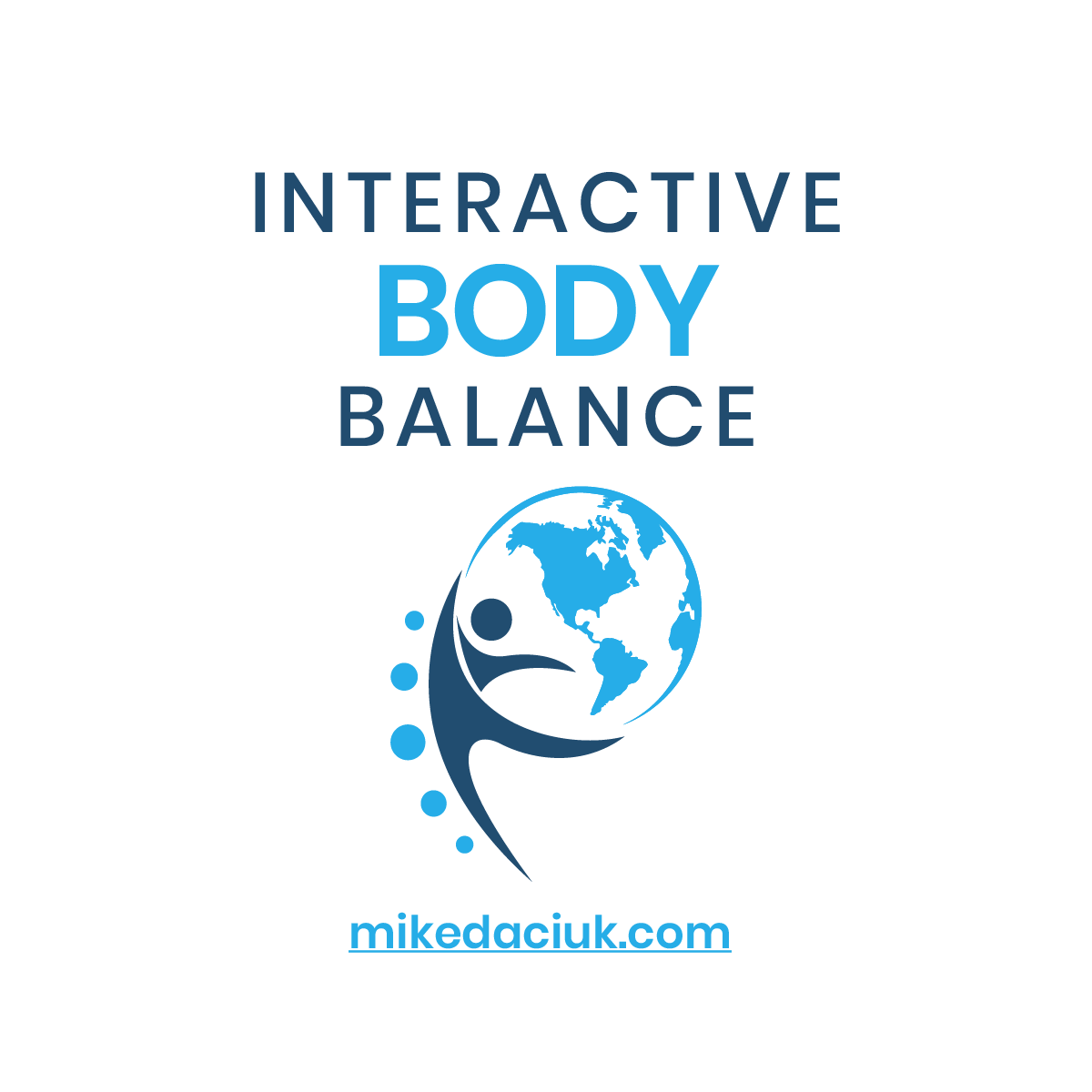Vitamins I Take
1) Bee Pollen: This has been a staple in my supplements for the past 10 years and provides a real boost of natural energy. I will outline what it is and the benefits below but this nutrient/vitamin has been used in many countries as a natural remedy for illness and disease and I can’t describe how important it is to people looking to increase their level of alertness or remedy a possible imbalance within the body.
While most people recognize the term bee pollen, many people do not know what bee pollen actually is or what it has to offer. Bee Pollen is one of nature¹s unique and most powerful foods. It is flower pollen that bees collect for food. Bee pollen offers a treasure trove of special plant nutrients. Here are some of the qualities that make Bee Pollen unique:
1. The nutrients found in Bee Pollen are extremely high quality. Not only does bee pollen contain high quality nutrients that can be burned as fuel, it also provides nutrients that are helpful in maintaining and promoting health.
2. The nutritional makeup of Bee Pollen is extremely broad spectrum. The wide range of nutrients found in Bee Pollen include polyphenols, enzymes, beneficial fatty acids, free amino acids, vitamin complexes, chelated minerals and trace elements, as well as a large array of phytonutrients that have yet to be identified. This nutritional diversity makes Bee Pollen an ideal dietary supplement as a complement and boost to a well-rounded diet.
3. The nutrients in Bee Pollen are very concentrated. This nutritional density means that even small amounts provide effective and valuable levels of important nutrients. In other words, bee pollen, as a food source or as a supplement, provides low volume, but high intensity, nutrition.
2) Propolis: This is another must have from the “bee family” and has been instrumental in promoting good health. Propolis is a resin-like material from the buds of poplar and cone-bearing trees. Propolis is rarely available in its pure form. It is usually obtained from beehives and contains bee products.
Propolis has a long history of medicinal use, dating back to 350 B.C., the time of Aristotle. Greeks have used propolis for abscesses; Assyrians have used it for healing wounds and tumors; and Egyptians have used it for mummification. It still has many medicinal uses today, although its effectiveness has only been shown for a couple of them.
Propolis is used for infections caused by bacteria (including tuberculosis), by viruses (including flu, H1N1 “swine” flu, and the common cold), by fungus, and by single-celled organisms called protozoans. Propolis is also used for cancer of the nose and throat; for boosting the immune system; and for treating gastrointestinal (GI) problems including Helicobacter pylori infection in peptic ulcer disease. Propolis is also used as an antioxidant and anti-inflammatory agent.
3) Royal Jelly: Biochemically speaking, royal jelly is very complex. It is a very rich source of proteins and contains eight essential amino acids, important fatty acids, sugars, sterols and phosphorous compounds as well as acetylcholine. Acetylcholine is needed to transmit nerve messages from cell to cell. Too little of this compound makes individuals prone to Alzheimer’s disease. It contains gamma globulin, known to stimulate the immune system and fight off infections. “Royal jelly is an excellent source of nutrients and is gentle to the system,” says Steve Schechter, M.D. Royal jelly contains vitamins A, B-complex, C, D and E. It is particularly useful for its B-complex contents, including B1, B2, B6, B12, biotin, folic acid, and inositol. Royal jelly is high in the B vitamin pantothenic acid, recognized for its ability to reduce stress levels. It also supplies the minerals, calcium, copper, iron, phosphorous, potassium, silicon and sulfur.
4) Vitamin B Complex: I vary between taking individual B vitamins or the complex depending on the effect I am trying to achieve. Nonetheless, B vitamins assist with many chemical reactions within the body on a cellular level and promote healthy hair, nails, skin, etc. on a more physical level.
The vitamin B complex consists of eight water soluble vitamins. The B vitamins work together to boost metabolism, enhance the immune system and nervous system, keep the skin and muscles healthy, encourage cell growth and division, and other benefits to your body. Brewer’s yeast is one of the best sources of the B vitamins.
B1, known as thiamine, serves as a catalyst in carbohydrate metabolism and helps synthesize nerve-regulating substances. Deficiency can cause heart swelling, leg cramps, and muscular weakness. Rich food sources high in thiamine include liver, heart, and kidney meats, eggs, leafy green vegetables, nuts, legumes, berries, wheat germs, and enriched cereals. The Recommended Dietary Allowance (RDA) is 1.5 mg. Some believe thiamine helps protect against alcoholism and that it is good for depression, stress, and anxiety. It is also said to improve mental ability and to help indigestion.
B2, or riboflavin, helps metabolize fats, carbohydrates, and respiratory proteins. A deficiency can result in skin lesions and light sensitivity. Riboflavins are abundant in mushrooms, milk, meat, liver, dark green vegetables, and enriched cereals, pasta, and bread. The RDA is 1.3 mg for adults. The vitamin is good for the skin, nails, eyes, mouths, lips, and tongue, and it is believed to help protect against cancer.
B3—also known as niacin, vitamin P, or vitamin PP—helps release energy from nutrients. It can reduce cholesterol and prevent and treat arteriosclerosis, among other benefits. Too little B3 can result in pellagra, a disease with symptoms that include sunburn, diarrhea, irritability, swollen tongue, and mental confusion. Too much B3 can result in liver damage. Food sources rich in niacin are chicken, salmon, tuna, liver, nuts, dried peas, enriched cereals, and dried beans. The RDA is 14-18 mg per day for adults.
B5, or Pantothenic acid, has a role in the metabolism of fats, carbohydrates, and proteins. It is most abundant in eggs, whole grain cereals, legumes, and meat, although it is found in some quantity in nearly every food. The RDA is 10 mg. Deficiency can result in fatigue, allergies, nausea, and abdominal pain.
Vitamin B6, or pyridoxine, helps the body to absorb and metabolize amino acids, to use fats, and to form red blood cells. Deficiency in the vitamin may result in smooth tongue, skin disorders, dizziness, nausea, anemia, convulsions, and kidney stones. Whole grains, bread, liver, green beans, spinach, avocadoes, and bananas are rich food sources that are high in this vitamin. The RDA ranges from 1.3 to 2 mg depending on age and gender.
B7—also known as Biotin or vitamin H, helps form fatty acids and assists in the release of energy from carbohydrates. There have been no cases of deficiency among humans. The RDA is 30 µg.
B9, or folic acid, sometimes goes by the name of vitamin M or vitamin B-c. Folic acid enables the body to form hemoglobin. It helps treat anemia and sprue. Good food sources include leafy green vegetables, nuts, whole grains, legumes, and organ meets. However, bear in mind that folic acid is lost when foods are stored at room temperature or cooked. Deficiency is rare, although folic acid is particularly important in pregnancy. Consuming adequate folic acid before and during pregnancy helps prevent neural tube defects in newborns, including spina bifida. The RDA for both men and women is 400 micrograms, but women who are pregnant or planning to become pregnant should consume 600 micrograms a day. When breastfeeding, the recommendation is 500 micrograms.
Vitamin B12, also known as Cobalamin or Cyanocobalamin, assists the function of the nervous system and the formation of red blood cells. If the body is unable to absorb sufficient B12, pernicious anemia can result. B12 can only be found in animal sources such as eggs, milk, fish, meat, and liver. Therefore, vegetarians are strongly encouraged to supplement. The RDA for adult males and females is 2.4 µg.
5) Coenzyme Q10: I have added this to my regime recently as there haven been benefits in assisting with weight loss as well as regenerating cell growth. Coenzyme Q10 (CoQ10) is a compound found naturally in the energy-producing center of the cell known as the mitochondria. CoQ10 is involved in making an important molecule known as adenosine triphosphate (ATP). ATP serves as the cell’s major energy source and drives a number of biological processes, including muscle contraction and the production of protein. CoQ10 also works as an antioxidant. CoQ10 boosts energy, enhances the immune system, and acts as an antioxidant.
6) Fish Oil/EFA’s: I personally take EFA’s and Fish Oil as I have never really liked fish and quite frankly don’t really like anything about them aside from their nutritional properties. Fish oil supplements are usually made from mackerel, herring, tuna, halibut, salmon, cod liver, whale blubber, or seal blubber. Fish oil supplements often contain small amounts of vitamin E to prevent spoilage. They might also be combined with calcium, iron, or vitamins A, B1, B2, B3, C, or D.
Fish oil is used for a wide range of conditions. It is most often used for conditions related to the heart and blood system. Some people use fish oil to lower blood pressure or triglyceride levels (fats related to cholesterol). Fish oil has also been tried for preventing heart disease or stroke. The scientific evidence suggests that fish oil really does lower high triglycerides, and it also seems to help prevent heart disease and stroke when taken in the recommended amounts. Ironically, taking too much fish oil can actually increase the risk of stroke.
Fish may have earned its reputation as “brain food” because some people eat fish to help with depression, psychosis, attention deficit-hyperactivity disorder (ADHD), Alzheimer’s disease, and other thinking disorders. Some people use fish oil for dry eyes, glaucoma, and age-related macular degeneration (AMD), a very common condition in older people that can lead to serious sight problems.
7) Vitamin E: This has been introduced into my program to boost the immune system especially during the winter months and also regulates my metabolism. Vitamin E is a fat-soluble vitamin with antioxidant properties. Vitamin E exists in eight different forms (isomers): alpha, beta, gamma, and delta tocopherol; and alpha, beta, gamma, and delta tocotrienol. Alpha-tocopherol is the most active form in humans. Dosing and daily allowance recommendations for vitamin E are often provided in Alpha-Tocopherol Equivalents (ATE) to account for the different biological activities of the various forms of vitamin E, or in International Units (IU), which food and supplement labels may use. Vitamin E supplements are available in natural or synthetic forms. The natural forms are usually labeled with the letter “d” (for example, d-gamma-tocopherol), whereas synthetic forms are labeled “dl” (for example, dl-alpha-tocopherol).
Vitamin E has been proposed for the prevention or treatment of numerous health conditions, often based on its antioxidant properties. However, aside from the treatment of vitamin E deficiency (which is rare), there are no clearly proven medicinal uses of vitamin E supplementation beyond the recommended daily allowance. There is ongoing research in numerous diseases, particularly in cancer and heart disease.
8) Green Magma: I started taking this years ago as a friend introduced me to it while discussing health. This is a very nutritious, mildly alkaline (good for those on alkaline diets) powder made from organic young barley grass juice. Young barley grass contains perhaps the most balanced nutrient profile of all green plants with an abundance of vitamins, minerals, antioxidants, amino acids, proteins, active enzymes, and chlorophyll. Furthermore, it has been documented that “greens” in general have an ability to increase the alkalinity in your body and as we all know this helps/aids in fighting off cancer.
9) Digestive Enzymes: I prefer Papaya to aid in the digestion of food and take one tablet following my meals. Papaya contains a mixture of protein-degrading enzymes called collectively papain, reports Drugs.com. These enzymes have been used for centuries to treat a number of digestive disorders, including indigestion, and can be added to skin creams to soften the skin. Papaya is also sometimes used to reduce inflammation and swelling from injuries and after surgery. WHFoods.com adds that papaya is helpful for protection against heart disease, anti-Inflammatory effects, immune support, protection against macular degeneration and rheumatoid arthritis, and to promote lung health.



